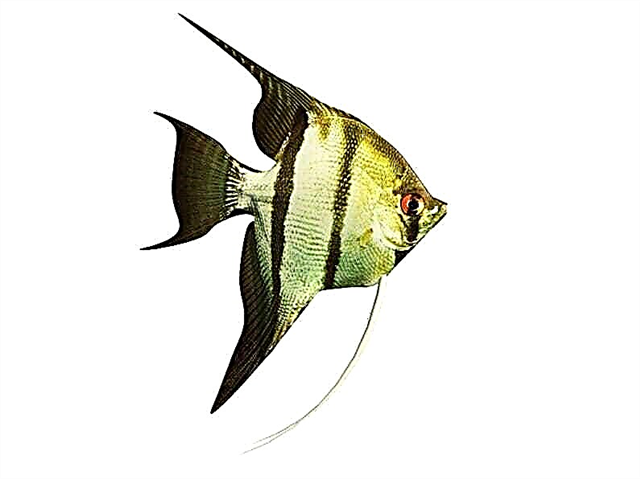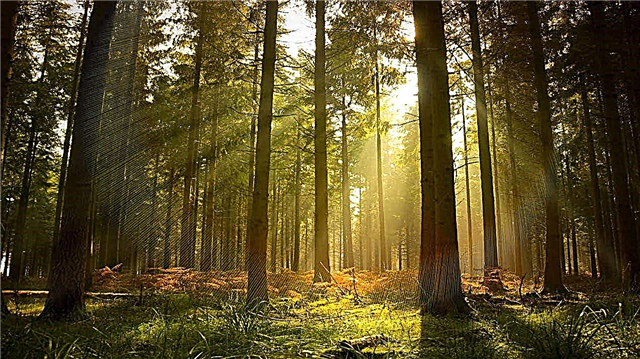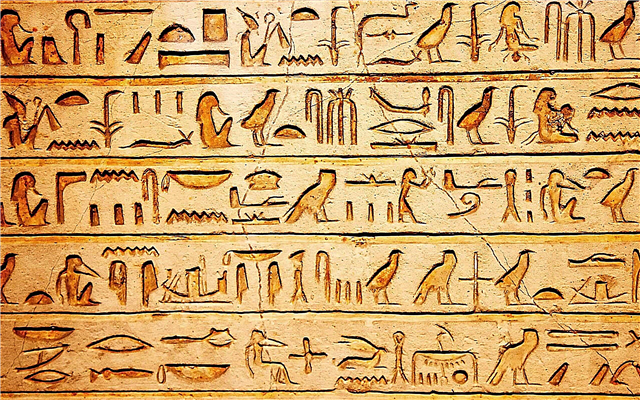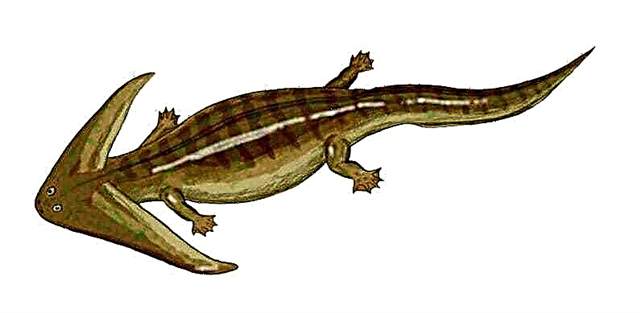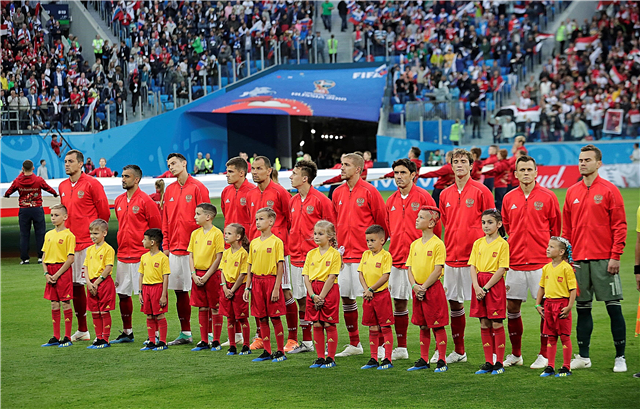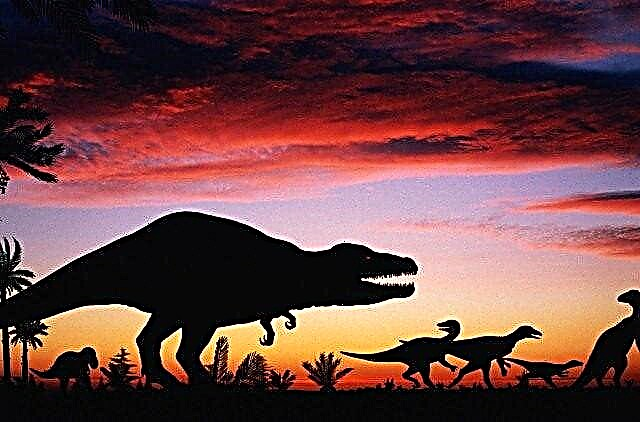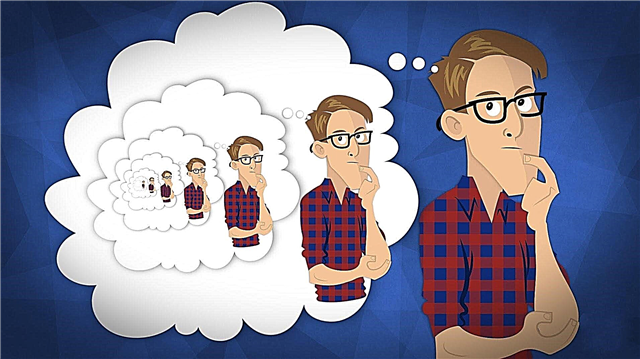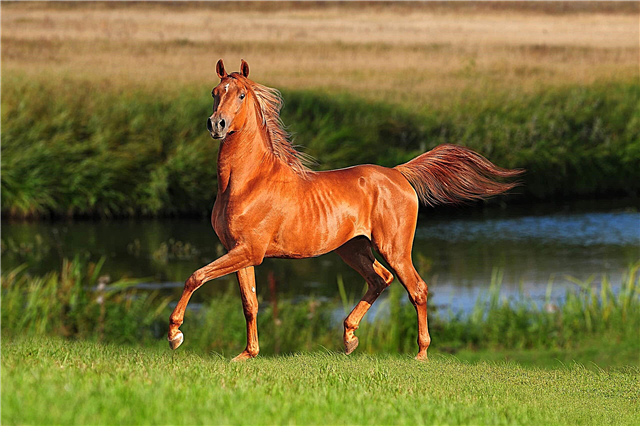
Continents, known today as the Americas, were discovered in the prehistoric period. The lands of America were repeatedly "discovered" by peoples coming from different parts of the world for many generations, starting from the Stone Age, when a group of hunters first visited the land, which was truly an unexplored New World.
It becomes curious why, then, it is believed that America was discovered by Christopher Columbus. In addition, other theories are common regarding who first discovered America: Irish monks (VI century), Vikings (X century), sailors from China (XV century), etc.
The first settlers in America

The first people who settled in America came from Asia, probably about 15 thousand years ago. During the Pleistocene era, the ice sheets of the Lavrenti and Cordillera glaciers as a result of melting formed a narrow corridor and a land bridge between Russia and Alaska. The land bridge between the western coast of Alaska and Siberia, known as the Isthmus of Bering, opened due to a drop in ocean level and connected the continents of Asia and North America.
Interesting fact:In place of the Bering Isthmus, the current Bering Strait was formed, separating Asia and North America. The strait was named in honor of the officer of the Russian fleet Vitus Bering, who crossed it in 1728.

The ancient settlers of America - the Paleo-Indians - passed through the Bering Isthmus from Asia to America after the movement of large animals. These migrations took place before the Lavrenti and Cordillera glaciers closed and closed the corridor. The settlement of America continued further by sea or on ice. After the ice sheets melted and the ice age ended, the settlers who arrived in America became isolated from other continents. Thus, the American continents first discovered nomadic Asian tribes about 15 thousand years ago, which originally inhabited North America, then spread to Central and South America and subsequently became indigenous American peoples.
VI century - Irish monks

According to a popular Irish legend, a group of Irish monks, led by Saint Brendan, went in a boat with shelter to the west in the VI century in search of new lands. Seven years later, the monks returned home and reported that they had discovered the land covered with lush vegetation, which was modern Newfoundland.
There is no exact evidence confirming that Irish monks landed on the coast of North America. However, in 1976, the British traveler Tim Severin tried to prove that such a trip is possible. Severin built an exact replica of a 6th-century monks ship and set sail from Ireland to North America along the route described by traveling monks. The explorer reached Canada.
X century - Vikings

Around 984, the Scandinavian navigator Eric Kras explored ancient seafaring routes and discovered Greenland. Leif Ericsson, son of Eric Krasus, in 999 with a crew of 35 people on one ship set off from Greenland to Norway. Soon, Leif Erickson, traveling across the Atlantic Ocean, reached North America, where he founded a Norwegian settlement on the territory of the modern Canadian island of Newfoundland around 1000. The Vikings called the settlement "Vinland" (Eng. Vineland - "Grape land") due to the abundance of grapes growing on this land. However, Erickson and his team did not stay long - only a few years - until returning to Greenland. Relations with Native North Americans were hostile.

In the sagas, the Vikings who settled in America refer to the Native Americans as "screams."Most of the sagas come from Scandinavian folklore, but in 1960, the Norwegian archaeologist Helge Ingstad at the northern tip of Newfoundland (Canada) found the first European Viking settlement of the late XI century, identical to the settlements in the Scandinavian countries. This historical and archaeological site is called “L’Ans-o-Meadows” and is recognized by scientists as evidence of pre-Columbian transoceanic contacts.
XV century - sailors from China

British naval officer Gavin Menzies put forward the theory that the Chinese colonized South America. He claimed that the Chinese explorer Zheng He, who commanded an armada of wooden sailing ships in the early 15th century, discovered America in 1421. Zheng He explored Southeast Asia, India and the east coast of Africa using advanced navigation techniques.
Gavin Menzies in his book 1421 — The Year China Opened the World — wrote that Zheng He sailed to the east coast of the United States and possibly established settlements in South America. Menzies based the theory on evidence of long-standing shipwrecks, Chinese and European maps, and reports compiled by sailors of the time. However, this theory is in doubt.
Discovery of America by Christopher Columbus
August 3, 1492 the Spanish navigator Christopher Columbus, originally from the Italian city of Genoa, with the support of the Spanish rulers - King Ferdinand and Queen Isabella - with a fleet of 3 caravels ("Nina", "Pinta", "Santa Maria") and 90 crew members sailed from the port of Palos (Spain). Sailors set off in search of a western route to Asia with the goal of acquiring precious metals, pearls, silk, and spices.October 12, 1492 the team of Christopher Columbus saw the earth and discovered the New World (America). In personal notes, Columbus noted that he had found the "New World", unknown to Europeans. The crew went ashore of the island of San Salvador in the Bahamas. Columbus suggested that sailors made it to the islands located near India. From here came the name of the Caribbean islands - “West Indies”. Columbus called the local natives "Indians" - the name of the indigenous population of America, surviving to this day.

Christopher Columbus created a colony in America, which became the first European settlement in the New World. The Spanish navigator also opened southern trade, with the help of which sailing ships transporting goods to the New World were supplied. After the first successful voyage (1492-1493), the Spanish monarchs appropriated Columbus the rank of admiral.

Christopher Columbus conducted four expeditions to America throughout 1492-1504 Columbus died on May 20, 1506, still believing that he had found a new route to Asia and that the islands he explored were part of the Asian continent. By that time, other researchers were following the sea route, first discovered by the admiral, and Europeans were already talking about Columbus' discoveries as the "New World."

Interesting Facts: The first geographic map showing open overseas lands appeared in 1507. German cartographer Martin Waldszemuller called the New World "America" in honor of the Florentine navigator and merchant Amerigo Vespucci, who explored the coast of South America and revealed that it is a separate continent, and not part of Asia.
Thus, America was first discovered by nomadic Asian tribes about 15 thousand years ago. Many peoples probably visited the lands of America before the famous voyage of Christopher Columbus: Irish monks, Vikings, Chinese sailors.
Christopher Columbus discovered America in the sense that he represented it in Western Europe during four expeditions to this region between 1492 and 1504.
Thanks to Christopher Columbus, the inhabitants of the Old World became known for the New World - America, which includes two continents.Columbus opened the way from the Old World to the New, paving the way for the European colonization of America, which led to the formation of new countries, including the United States, Canada and Mexico. Columbus travels are significant events in history that are considered the beginning of the colonial period.

